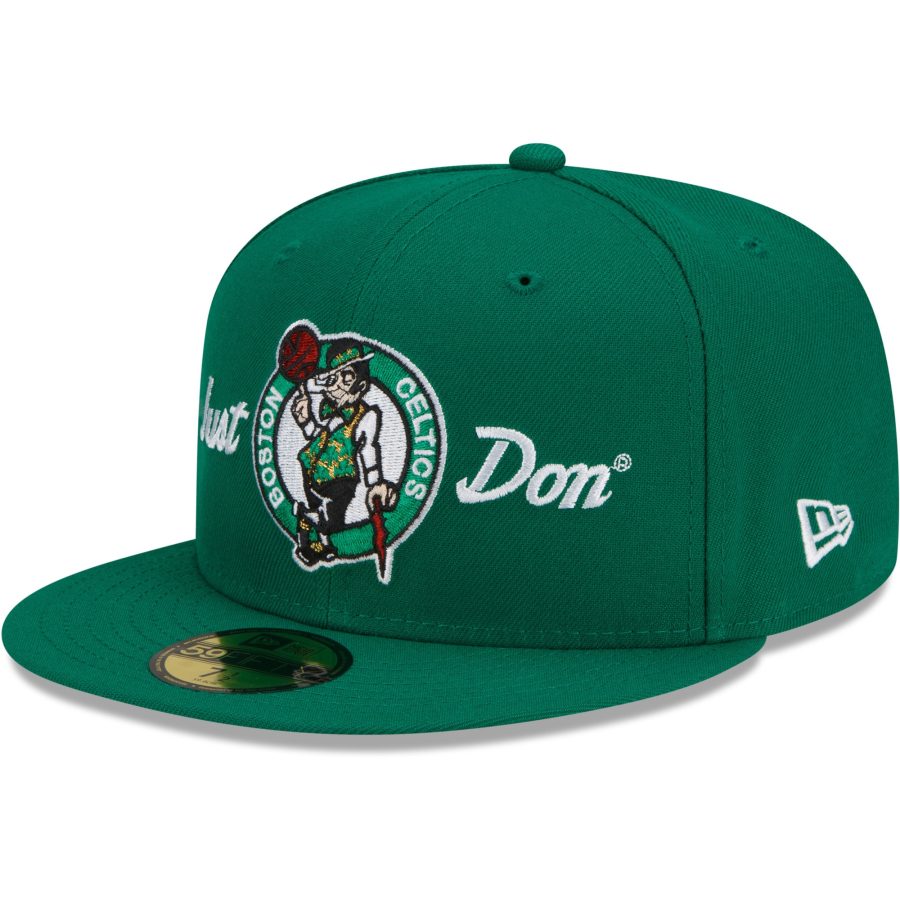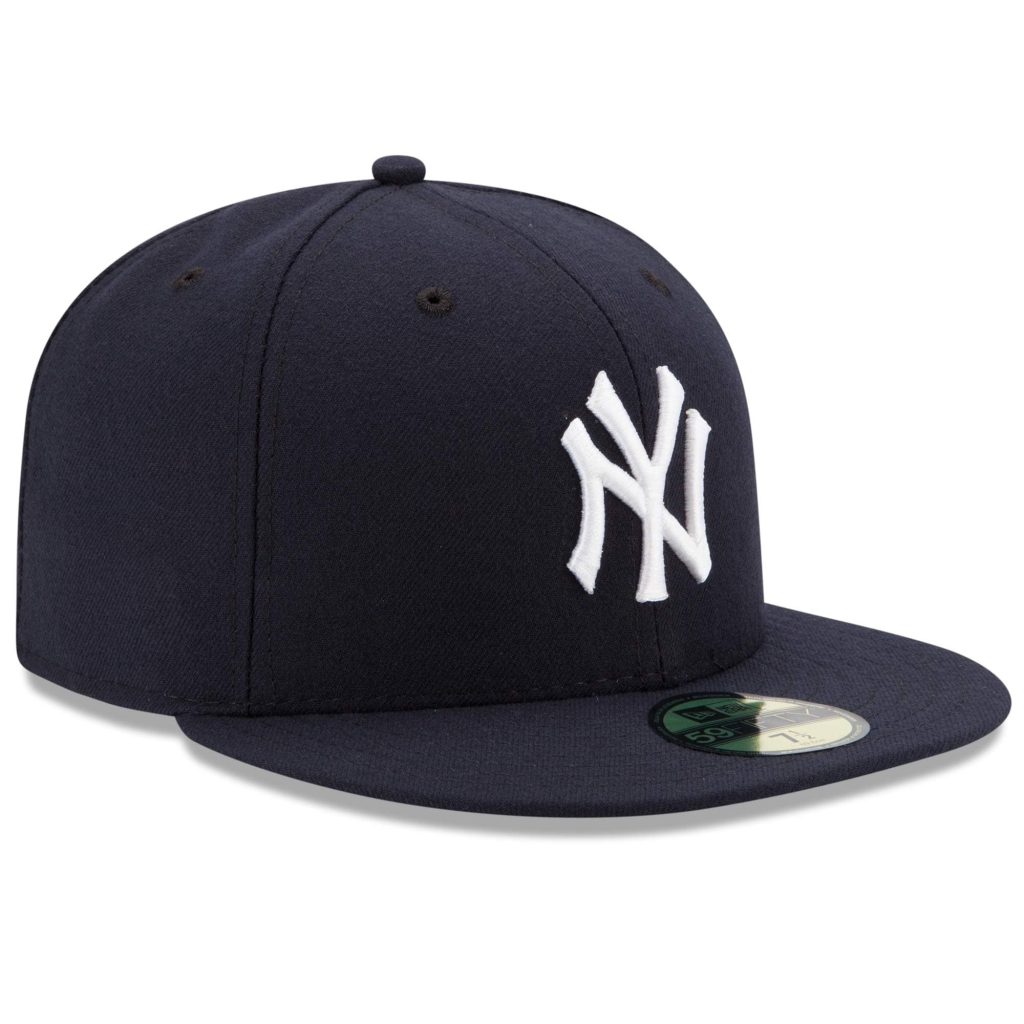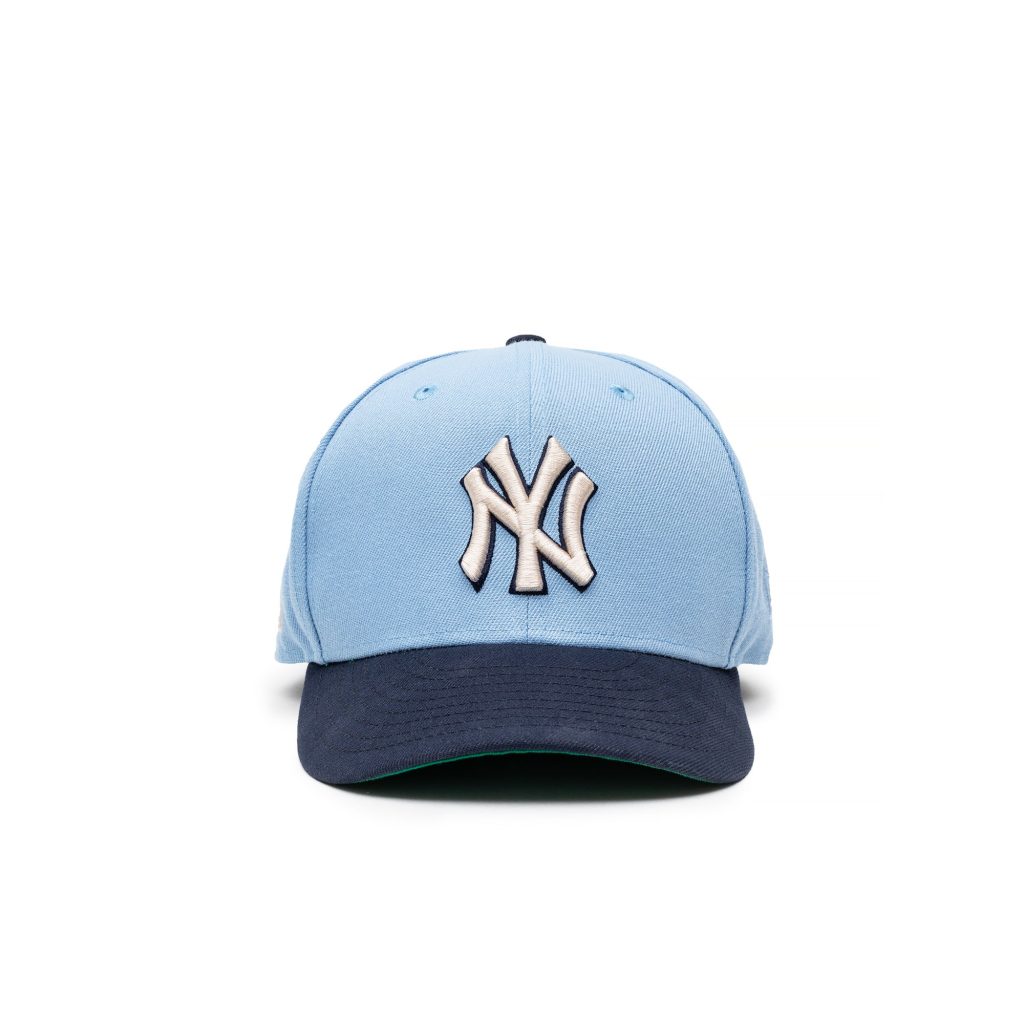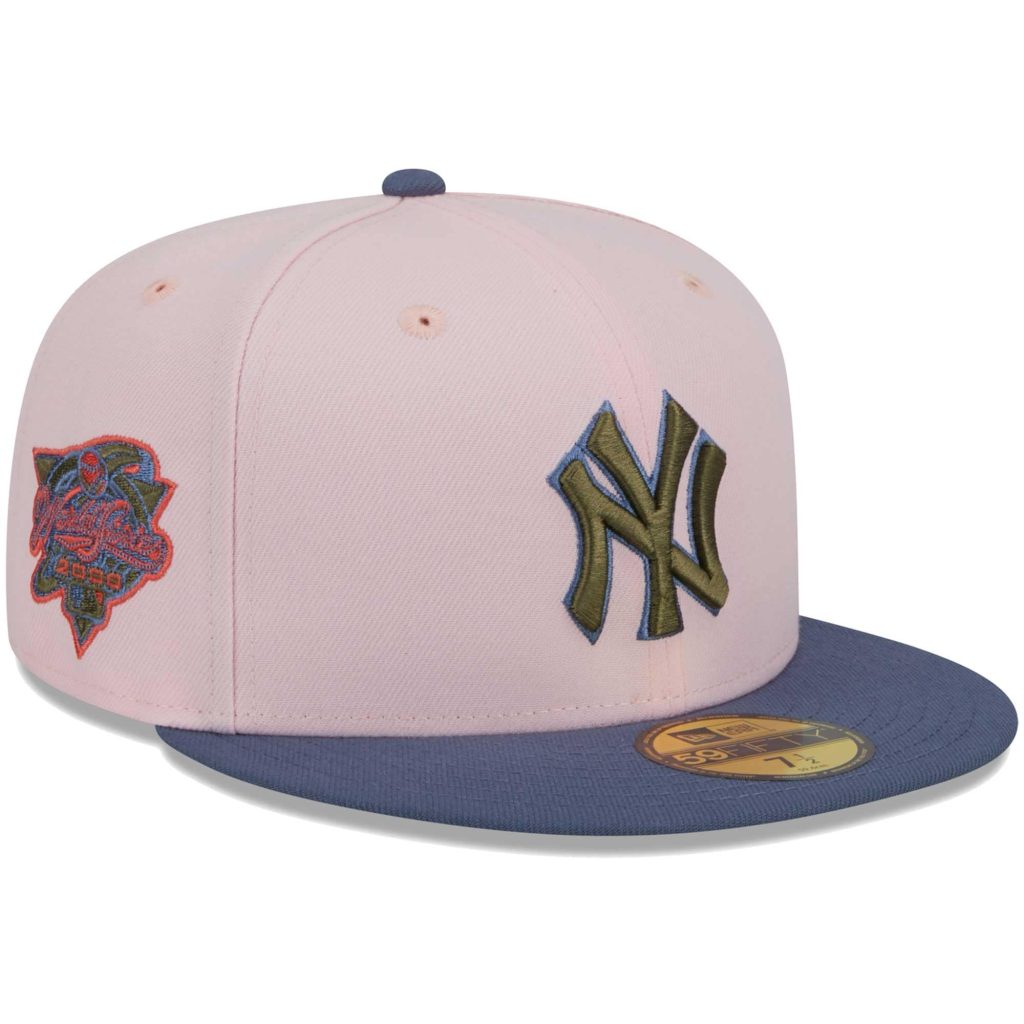Introduction
In the realm of fashion and self-expression, accessories often play a pivotal role in adding a touch of individuality to one’s attire. Among these, fitted hat pins have emerged as a popular means for enthusiasts to customize their caps, turning an ordinary headwear into a wearable canvas of personal style and interests. This guide is designed to introduce you to the fascinating world of collecting and displaying fitted hat pins, offering insights on where to find them, how to choose the right ones, and creative ways to showcase your collection.
Why Collect Hat Pins?
Hat pins have a rich history dating back to the 19th century when they were primarily used to secure hats to hairstyles. Over time, they transformed into decorative items, reflecting personal interests, affiliations, and style preferences. Today, hat pins are popular among individuals seeking to distinguish their caps with unique designs that celebrate everything from pop culture icons to social causes.
Getting Started: Choosing Your Pins
- Themes and Styles: Begin by identifying themes or styles that resonate with you. Hat pins are available in a wide range of designs, including:
- Pop Culture: Icons from movies, TV shows, music, and literature.
- Sports: Team logos, mascots, and memorabilia.
- Art and Design: Abstract patterns, artistic illustrations, and graphic designs.
- Nature and Wildlife: Animals, plants, and outdoor motifs.
- Social Causes: Symbols supporting advocacy and awareness.
- Material and Quality: Select pins made from durable materials like enamel, metal alloys, or acrylic for longevity and visual appeal. Consider the craftsmanship and detailing, ensuring each pin meets your quality standards.
- Size and Fit: Choose pins that complement the size and shape of your fitted caps. Larger pins can serve as statement pieces, while smaller ones offer subtle accents.
Collecting and Curating Your Collection
- Start Small, Expand Gradually: Begin with a few pins that resonate with you. As your collection grows, explore different themes and styles to diversify your display.
- Organize Your Collection: Create a system to organize your hat pins, whether by theme, color, or design. Display options include:
- Pin Boards: Mount pins on corkboards or felt boards using pin backs or adhesive.
- Shadow Boxes: Showcase pins in shadow boxes with customizable backgrounds for thematic displays.
- Frames: Frame collections of pins for wall-mounted displays, ensuring pins remain visible and accessible.
- Rotate Displays: Periodically refresh your display to highlight different pins and accommodate new additions. Consider seasonal themes or special occasions for themed rotations.
Customizing Your Caps
- Placement and Arrangement: Experiment with pin placement on your fitted caps. Consider symmetry, balance, and visibility to create cohesive designs that showcase your pins effectively.
- Mix and Match: Combine pins with complementary colors or themes to create cohesive visual narratives. Layer pins strategically to achieve depth and texture.
- Consider Hat Care: Be mindful of pin placement to avoid damaging caps. Avoid excessive pinning in delicate areas and periodically inspect caps for signs of wear.
Showcasing Your Style
- Personal Expression: Use hat pins to reflect your personality, interests, and affiliations. Mix nostalgic designs with contemporary favorites to curate a collection that tells your story.
- Conversation Starters: Embrace the opportunity for social engagement through shared interests and admiration for unique pin designs. Connect with fellow enthusiasts through online communities or local events.
- Gift and Exchange: Share your passion for hat pins by gifting or trading with friends and fellow collectors. Encourage creativity and camaraderie through shared appreciation for pin culture.
Maintenance and Care
- Regular Cleaning: Maintain the appearance of your hat pins by gently cleaning with a soft cloth and mild soap. Avoid harsh chemicals that may damage enamel or metal finishes.
- Storage Solutions: Store unused hat pins in protective cases or pouches to prevent scratches and oxidation. Keep collections organized and accessible for future use or display.
- Inspect and Repair: Periodically inspect pins for loose clasps or damage. Repair or replace damaged pins to preserve their aesthetic and structural integrity.
Understanding Fitted Hat Pins
Fitted hat pins are small decorative pins designed specifically to be attached to the surface of baseball caps, beanies, or any other type of headgear with fabric that can support a pin. They typically feature a sharp post at one end and a securing mechanism like a butterfly clutch or a locking back at the other, ensuring they stay put without damaging the cap. These pins come in various shapes, sizes, and designs, ranging from pop culture icons and sports team logos to artistic renditions and personalized messages.
Starting Your Collection
Finding Pins
- Online Marketplaces: Websites like Etsy, eBay, and specialized pin stores offer a vast array of options from independent artists and established brands.
- Conventions and Events: Comic-cons, music festivals, and sports events often have vendors selling exclusive pins related to the theme.
- Direct from Brands: Many clothing brands, sports teams, and franchises release limited edition hat pins that can become valuable collectibles.
- Trading with Fellow Collectors: Joining online forums or attending pin meet-ups can lead to unique finds through trades.
Choosing Pins
- Personal Interests: Select pins that resonate with your passions, whether it’s movies, music, travel, or a favorite sports team.
- Quality and Design: Look for pins made from durable materials like enamel or metal, ensuring longevity and aesthetic appeal.
- Rarity and Value: Limited edition or vintage pins can appreciate in value over time, making them a potential investment.
- Versatility: Opt for pins that can complement multiple cap colors and styles for maximum wearability.
Displaying Your Collection
Pin Boards
Create a visual display using a corkboard or a specially designed pin board. Arrange your pins artistically, grouping them by theme or color for an eye-catching presentation.
Shadow Boxes
Shadow boxes provide a more formal display option, protecting your pins from dust while showcasing them in a frame-like setting. Layered arrangements can add depth and dimension to your display.
Cap Wall
For avid collectors, dedicating a wall to display your caps adorned with pins not only showcases your pins but also your caps. Arrange them neatly, perhaps chronologically or by theme, for a visually stunning effect.
Digital Showcase
Consider creating a digital gallery of your collection using social media platforms or personal blogs. This allows you to share your passion with a wider audience and connect with fellow enthusiasts.
Rotating Display Stand
For smaller collections or special pieces, a rotating display stand can offer an interactive way to exhibit your pins. It enables viewers to examine each pin closely from all angles.
Caring for Your Pins and Caps
- Cleaning: Gently clean pins with a soft cloth to remove dust or debris. Avoid harsh chemicals that could damage the finish.
- Storage: When not in use, store pins in a dry place, ideally in individual plastic sleeves to prevent scratches.
- Cap Maintenance: Regularly clean your caps according to their care instructions to keep them looking fresh and ready for pinning.
Conclusion
Collecting and displaying fitted hat pins is a rewarding hobby that not only adds a personal touch to your style but also serves as a conversation starter and a reflection of your personality. With careful selection, thoughtful display, and proper care, your collection can grow into a cherished part of your wardrobe and a unique form of self-expression. So go ahead, embark on this pin-collecting journey, and let your cap tell your story.



